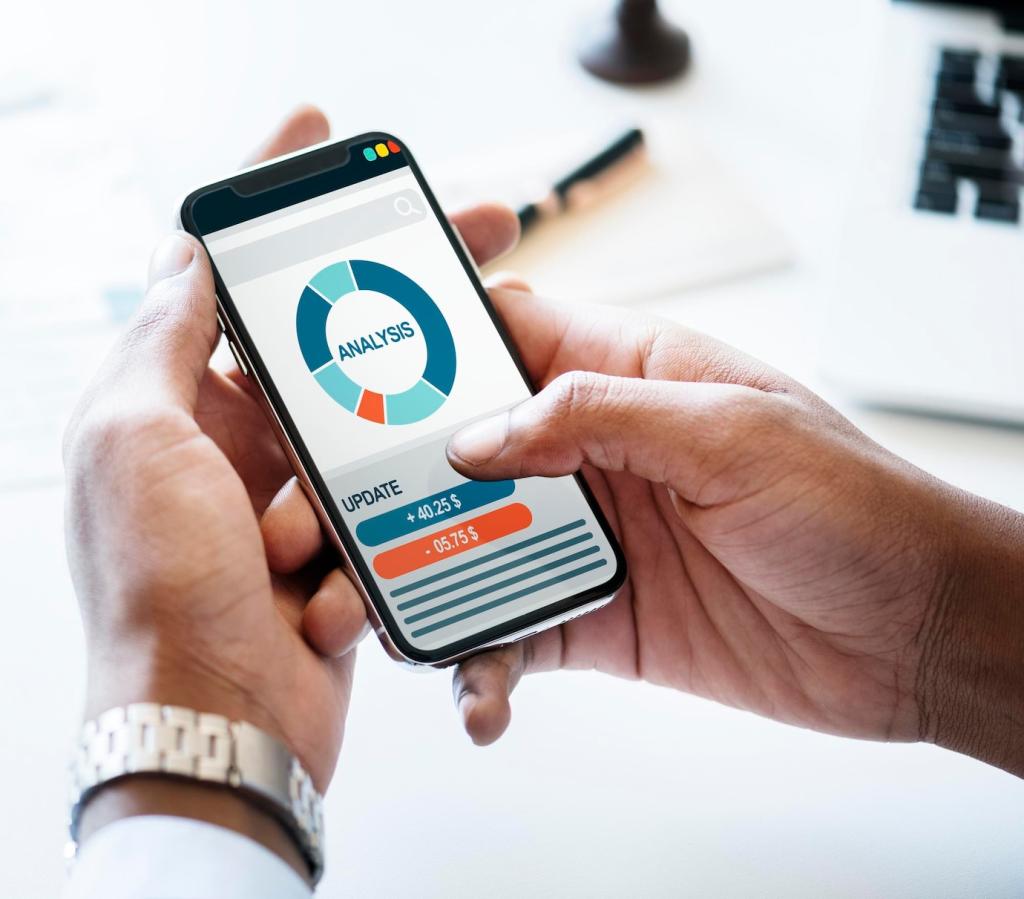Platform-Specific Tactics and Framework Notes
Use lightweight root view controllers, avoid heavy storyboards, and precompute layout in advance. Prefer value types and structs that minimize ARC churn. Consider prewarming subsystems with background tasks so cold start does not pay all costs at once.
Platform-Specific Tactics and Framework Notes
Adopt the SplashScreen API for a smooth handoff, and leverage App Startup to control initialization order. Replace reflection-heavy code paths, shrink dex files, and reduce ClassLoader work. Optimize resource lookups and theme inflation for a faster first draw.








